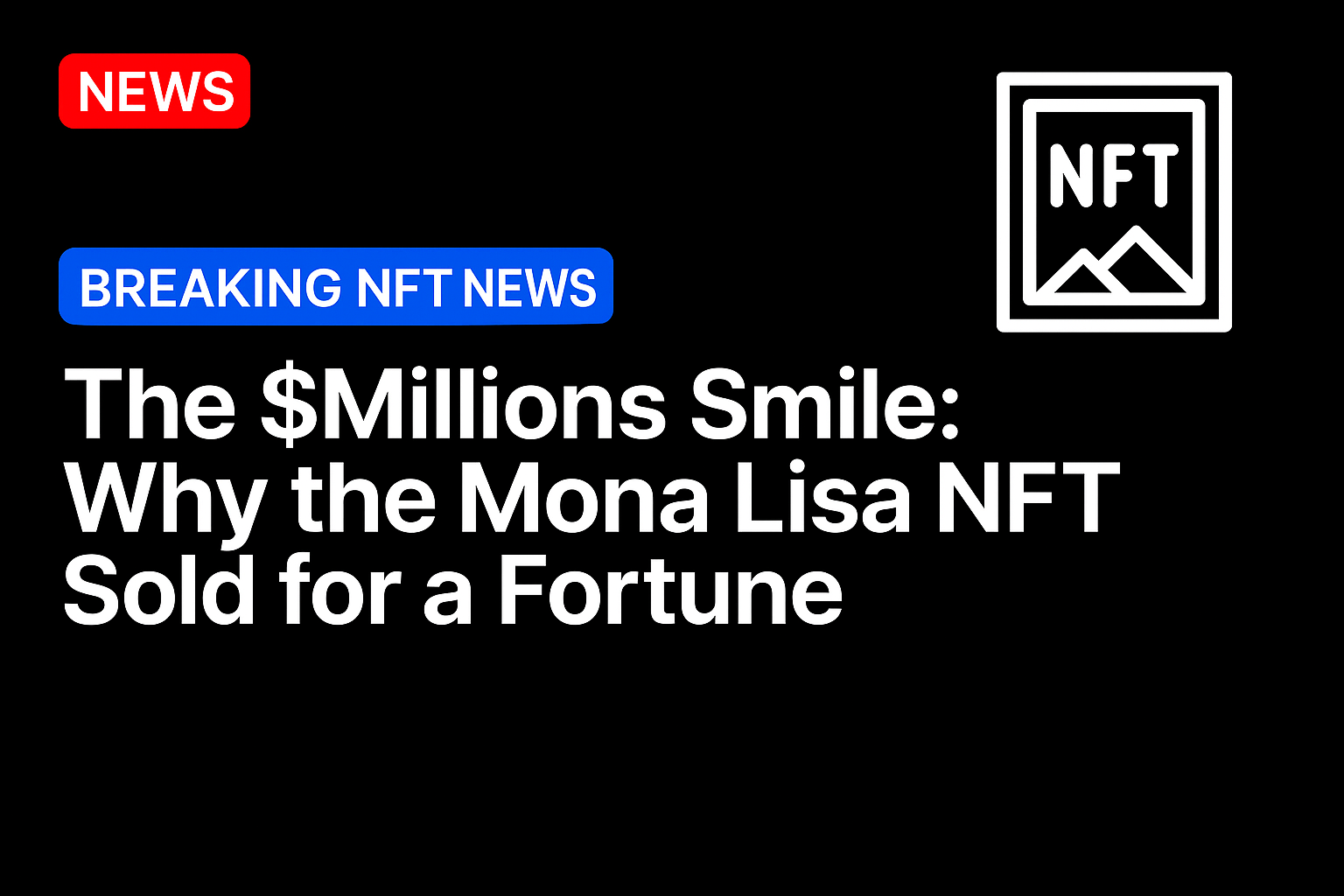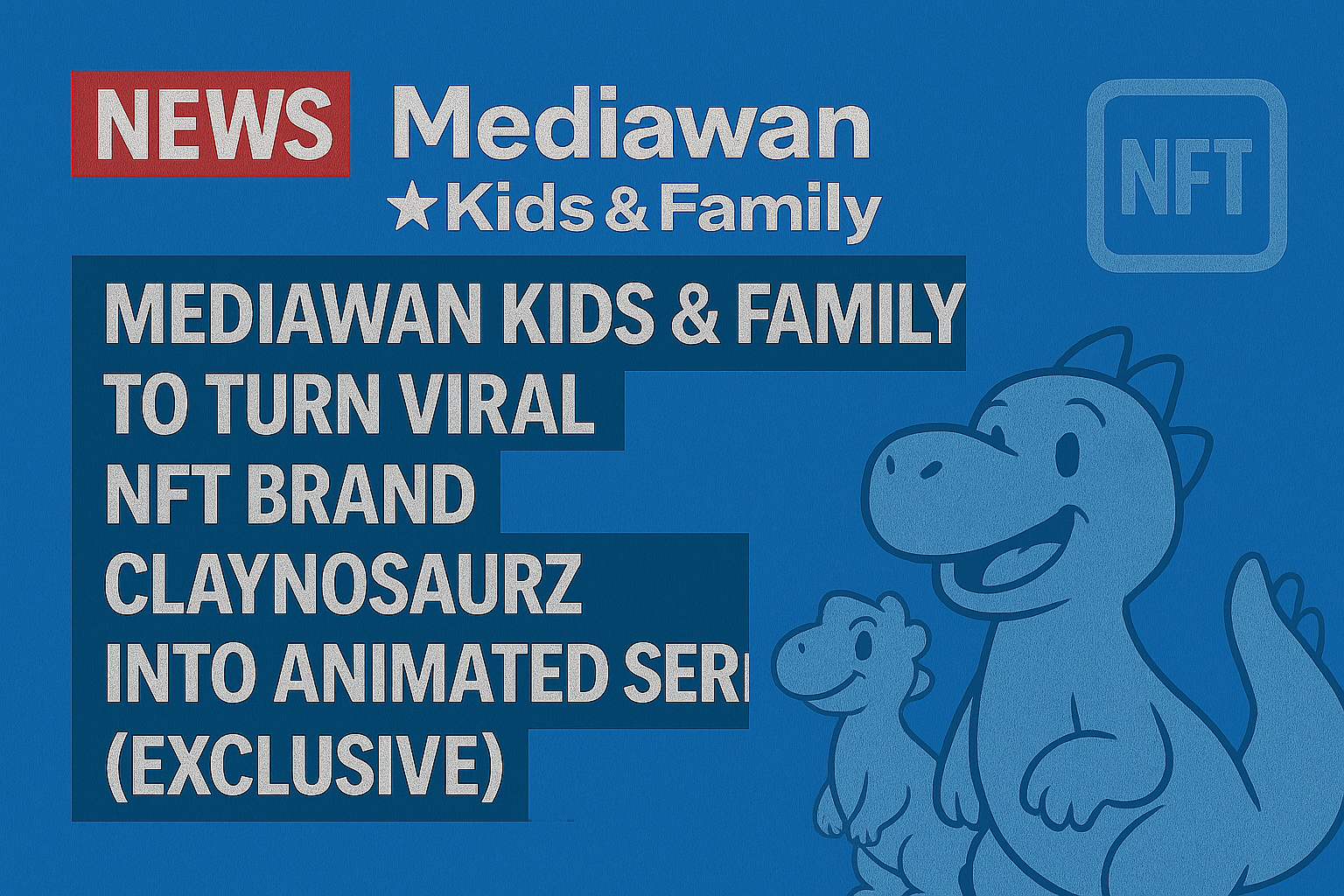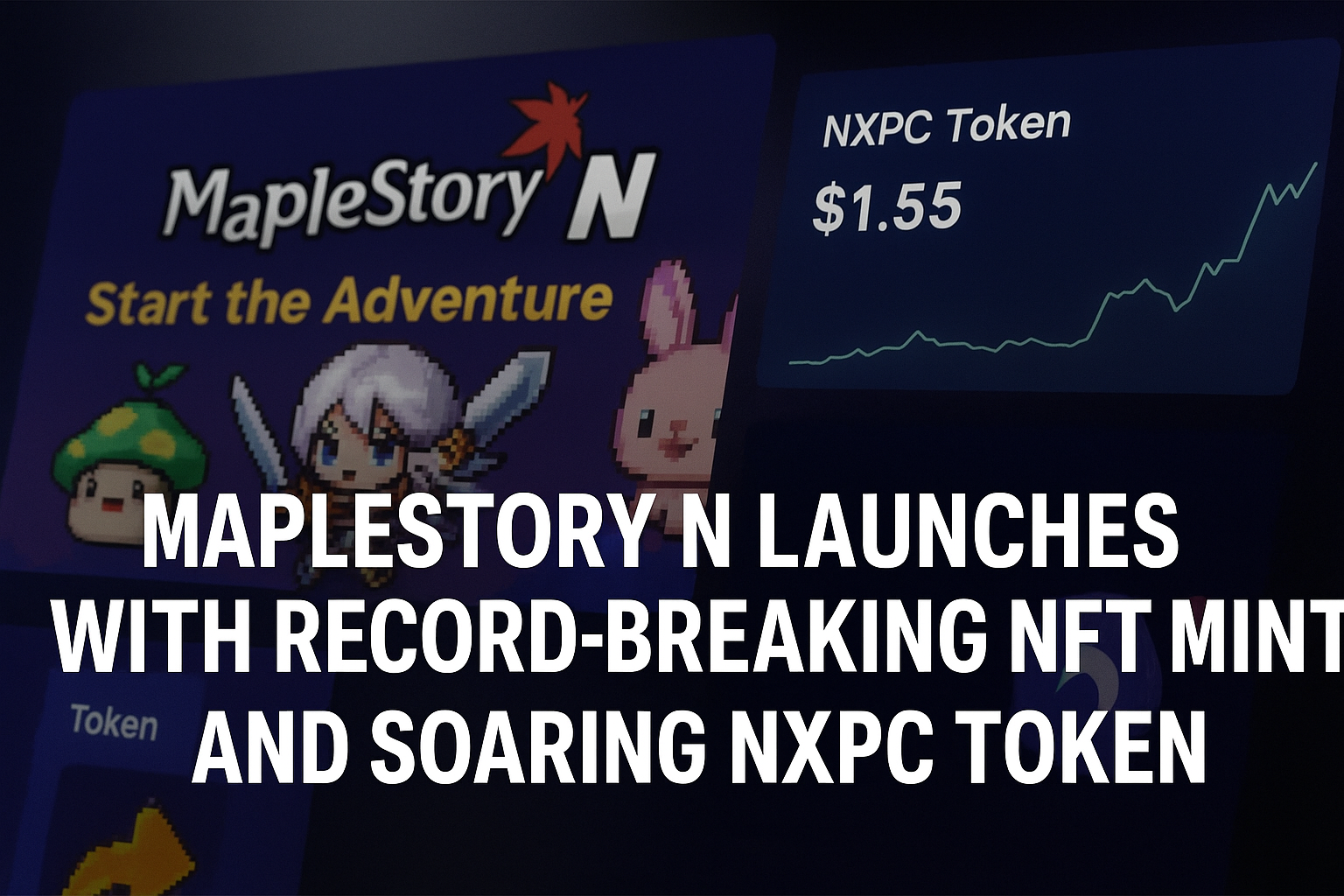The Rise of NFTs: Owning the Unownable
An NFT, or Non‑Fungible Token, is essentially a digital certificate of authenticity stored on a blockchain. Unlike a JPEG you can right‑click and save, an NFT proves ownership — not of the image itself in most cases, but of a unique, verifiable token tied to it. Think of it as owning a signed baseball card versus a cheap reprint; the picture may be the same, but the proof of originality is where the value lies.
When the Mona Lisa NFT hit the digital marketplace, buyers weren’t just purchasing a picture they could download from Google. They were buying a piece of verified digital history — a modern claim to a share of the world’s most recognized painting.
Why the Mona Lisa?
Of all artworks to immortalize as an NFT, the Mona Lisa was the perfect candidate. Here’s why:
Universal Recognition
Almost every person on Earth has heard of the Mona Lisa. That global recognition translates into instant prestige for its digital twin.
The Power of Scarcity
Even though countless replicas exist, only one NFT can be the official Mona Lisa token. Scarcity drives value in both the art world and the NFT market.
Cultural Status Symbol
Owning the Mona Lisa NFT is the ultimate digital brag. In elite collector circles, it’s less about the painting itself and more about the status of being “the one who owns it.”
Art Meets Investment
For centuries, fine art has been a playground for the wealthy — a way to store value, hedge against inflation, and flaunt social standing. NFTs are simply the 21st‑century version of that tradition.
Buying the Mona Lisa NFT wasn’t just about love for da Vinci’s work; it was about owning a digital asset that could appreciate in value. Collectors know that rarity plus cultural significance equals a lucrative investment. If a Beeple NFT could sell for $69 million, why not the Mona Lisa?
The Psychology of Digital Ownership
To outsiders, it sounds absurd. Why pay millions for something you can’t physically touch? But psychologists point out that humans crave uniqueness and belonging. Owning a famous NFT satisfies both:
Uniqueness: Only one person can hold that blockchain certificate.
Belonging: It ties the buyer to a global conversation about art, tech, and culture.
The same logic explains why someone might pay millions for a rare sneaker, a piece of jewelry, or a vintage comic book. The value isn’t just in the object — it’s in the story behind it.
Critics and Controversies
Not everyone is convinced. Critics argue that NFTs are a bubble, comparing them to tulip mania or the dot‑com craze. They question whether a digital token truly carries long‑term value, especially when the original Mona Lisa still hangs safely behind bulletproof glass in Paris.
Yet defenders say the skepticism sounds familiar. People once doubted online banking, Bitcoin, and even the internet itself. If history teaches us anything, it’s that the impossible can become mainstream faster than we think.
The Future of Iconic Art in the Digital Age
The Mona Lisa NFT sale marks a turning point. It’s not just about one painting — it’s about how we redefine ownership, value, and culture in a digital world. Imagine a future where the Starry Night NFT or The Scream NFT is passed down like family heirlooms.
For now, the Mona Lisa’s smile seems to whisper a timeless truth: art’s value isn’t just in brushstrokes or canvas. It’s in the meaning we give it. And in the 21st century, that meaning lives not only on museum walls, but also on the blockchain.
💡 Final Thought: Whether you see it as genius or madness, the Mona Lisa NFT proves one thing — even after 500 years, her mysterious smile still knows how to stir the world.
Source: https://vocal.media/




